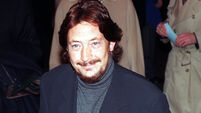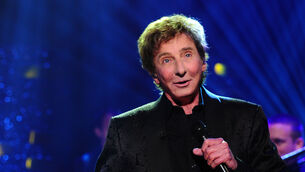Cracked Actor: 50 years on from the Bowie film that helped inspire a generation
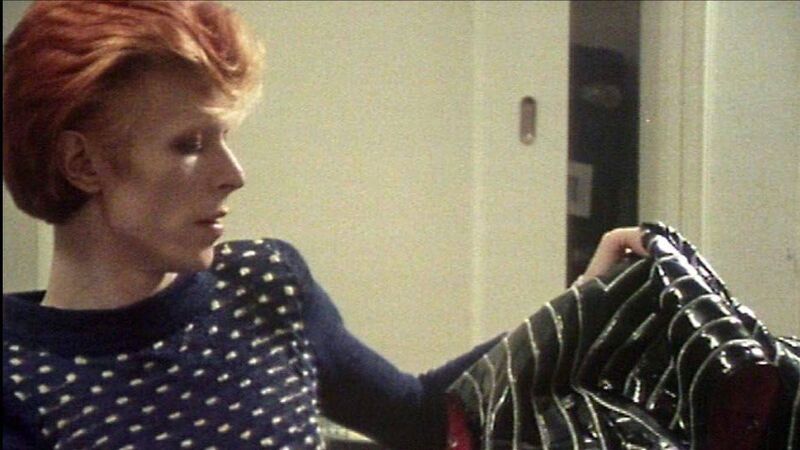
Alan Yentob's lauded documentary on David Bowie marks its 50th anniversary this month.
Alan Yentob's lauded documentary on David Bowie marks its 50th anniversary this month.
Broadcast by the BBC in January 1975 as part of the Omnibus strand, it was a cultural lifeline for fans on this side of the Atlantic who were unable to see the America-only Diamond Dogs concert tour.
As well as definitive live footage, it featured candid interviews with Bowie filmed in the early hours of the morning after a show or when travelling across America in a black Cadillac. Bowie's flying phobia meant an exhaustive itinerary that included trekking by train for up to 12 hours. The tour rolled on with only two cancelled dates.
During the film, Bowie reflects on his Ziggy Stardust character as he peruses various costumes from a case. At the time he was coping with a shift in personality in a bid to move on from Ziggy.
Yentob recalls that the film came about when he received an invitation from Bowie's management to make the documentary. "This was a very critical moment in his life where he wanted to say goodbye to all these other characters that he'd created," says Yentob.
"There's no other musicians, commentators or managers talking in the film, it's only Bowie and his fans that speak. He was saying to young people; 'You don't have to be limited by your background; use your imagination'.
“That's kind of what the songs from that period were about. He created these fantasy worlds in songs like 'Moonage Daydream' and the characters, are what these kids in the film love about it all. The film is incredibly honest, there's nothing exploitative.”
In hindsight, it’s obvious to modern eyes that the emaciated interviewee was in the midst of a period of heavy cocaine use. During one scene from the back of the limo, he sniffs as a siren wails and asks: "Is there anything behind us?", wary of the police.
Yentob recalls that nervy moment: "The truth is, his diet was milk and cocaine and during that sequence, I remember thinking: 'I hope we're not stopped'. For obvious reasons, but it's not explicit in the film."
Whether it's Bowie in the studio or displaying the cut-up technique inspired by William Burroughs the film focuses on his methodology at work. “There's this life of the imagination,” says Yentob.
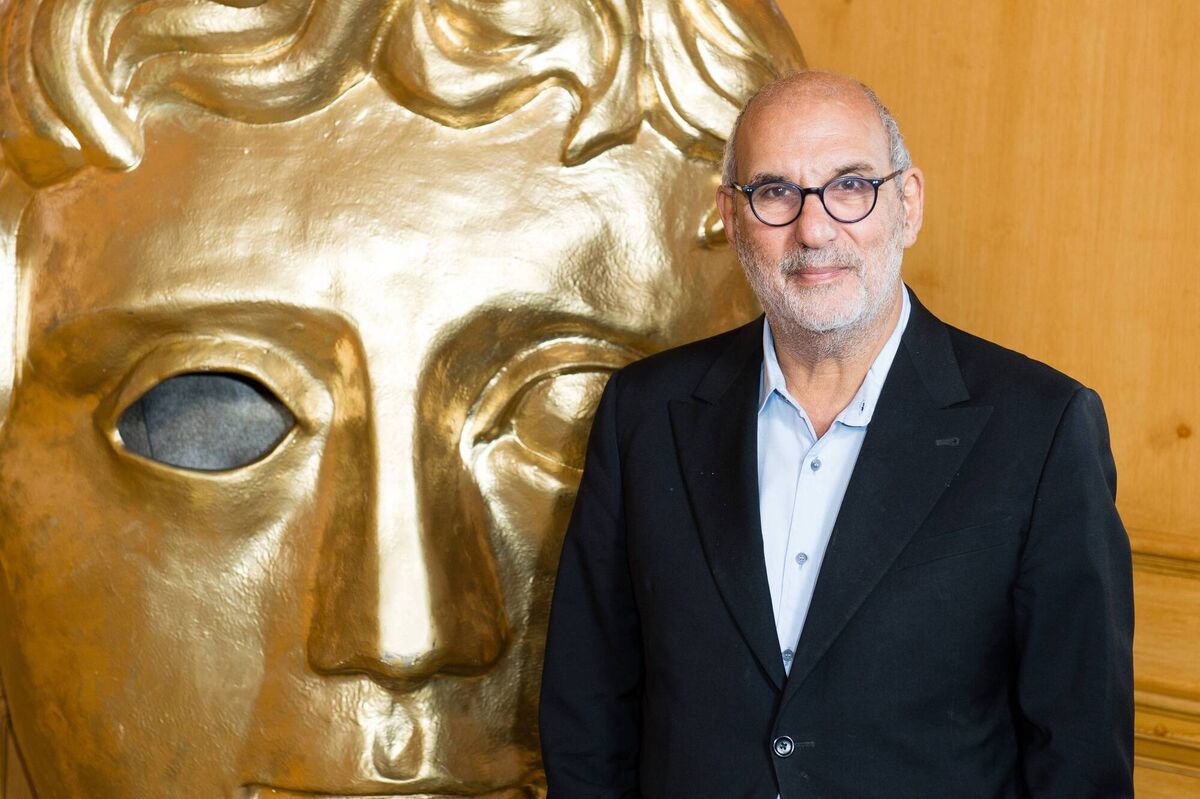
“The whole cut-up sequence was fascinating in this telling young people how chance and magic can happen if you bring words together. It's still an incredible and important message today in a world where art and music are not taught in state schools anymore, I mean it's a real problem! We are moving into a world where thinking outside the box and a personal approach to things is even more important. David always knew that it didn't matter what your life or childhood was like, you could use your imagination, you could explore the world and your life in a fascinating way."
Bowie's shapeshifting was difficult for some fans fortunate enough to experience the tour. The live shows themselves could be a disappointment for teenagers still enraptured by his previous incarnation as Ziggy Stardust.
In the film, Bowie is a chatty and enthusiastic presence when in conversation with Yentob. "We were the same age and born not far from each other,” says the London-born broadcaster.
“He made himself accessible and never said no to anything but we had to hang around a lot; that was the journey we were on. He opened up so honestly about his experience at the time and that was important for him. He was moving on to another life and getting over this addiction."
Bowie was 27 during the filming of , a notoriously dangerous age for a rock star. Perhaps one of the most poignant sections is a rendition of ‘Rock N' Roll Suicide’ where images of Brian Jones, Jimi Hendrix and Janis Joplin are displayed over footage of an almost skeletal Bowie performing Ziggy's encore and torch song.
Bowie admits having a "strange psychosomatic death-wish" due to being "so lost in Ziggy". That sequence is followed by Bowie watching himself perform Jacques Brel's ‘My Death’ from DA Pennebaker's film (still unreleased at the time).
The connection to that classic documentary/concert movie is an essential part of a trio of important films. — which takes its name from a song on the album — would also inspire director Nicolas Roeg to hire Bowie a few months later for (1976).
"Nick, who was such a great filmmaker, rang me because he had seen the film and was blown away by the images,” adds Yentob. “That's how is similar, such as the limo scene; that's what captured his imagination and attention."
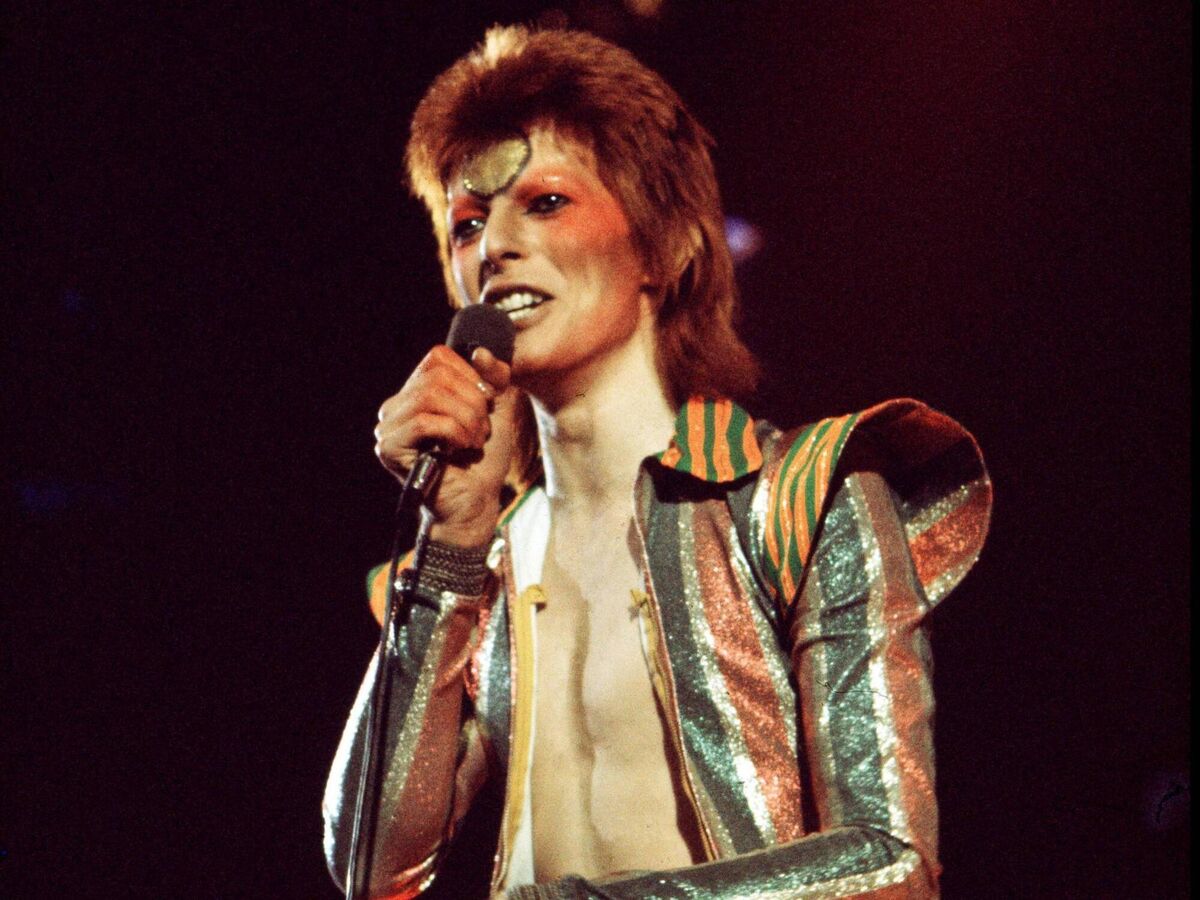
Bowie's fans also impress in , providing several memorable contributions. Among them was Hannah Breschard who delivered the classic line, “I'm just a space cadet, he's the commander.” Yentob has had an illustrious career in broadcasting, working on many interesting projects, but through the decades, people would often mention to him. Among them were many celebrity fans of the film.
"I just happened to be in Los Angeles at The Ivy when someone tapped me on the shoulder, it was Bono. He introduced me to his friend and said: 'Alan's film was one of the things that brought me into music'. I was at another event where I knew Kate Moss a bit but not very well and her partner at the time said they had been watching . Her eyes opened because she hadn't realised I'd made the film. She then quotes the line where Bowie says: ‘Imagine having a bleeding wax museum in the middle of the desert! You’d think it would melt, wouldn’t you?’”
Others have also indicated to Yentob the impact had on them creatively. Boy George said the film "changed his life" while Neil Tennant of The Pet Shops Boys described it as his "favourite film of all time".
Mark Wardel and Susan Compo's book points out the importance of for music fans of that era. For many teenagers, the film provided another way of engaging with ideas and passions that would provide direction and help many rise above the concrete banality and mundanities of daily existence.
The alternative on BBC Two was test match cricket, and the book paints a picture of a grim Sunday in Britain for Bowie fans eagerly waiting all day and having to watch the broadcast with their families.
At the time there was also no shortage of negative reviews. "Some of the press were very pooh-poohing about it," reflects Yentob.
Ultimately, however, it’s the votes of the public that really count. Some of those who were glued to their set back in January 1975 got to relive the experience at the David Bowie Convention in Liverpool last summer where Yentob was discussing the film. The director was even reunited at the event with Hannah Breschard, the young American space cadet.
- was first broadcast on January 26, 1975, on BBC One.
- Richard Purden will release a new book Where Are We Now David Bowie? in January 2026
